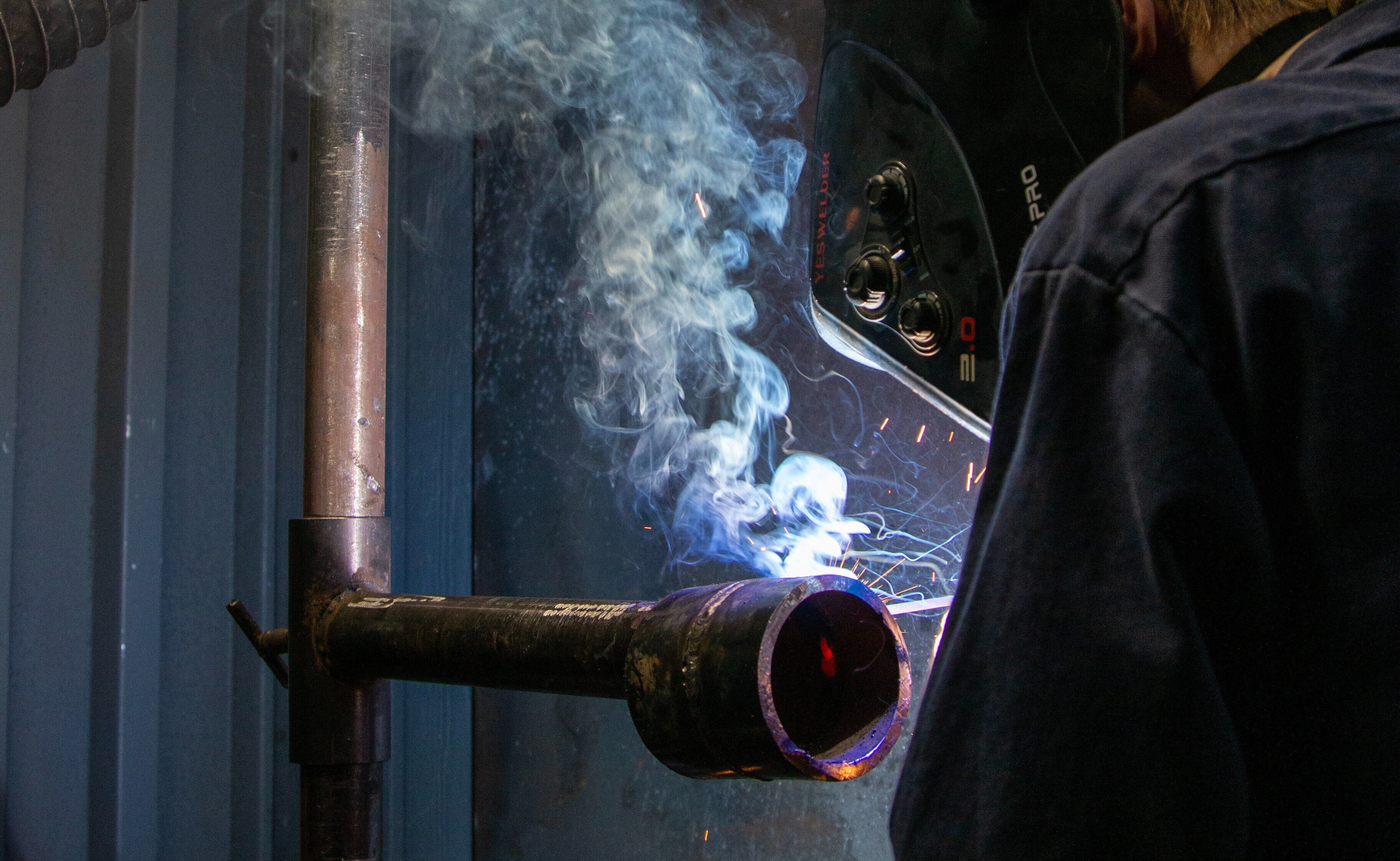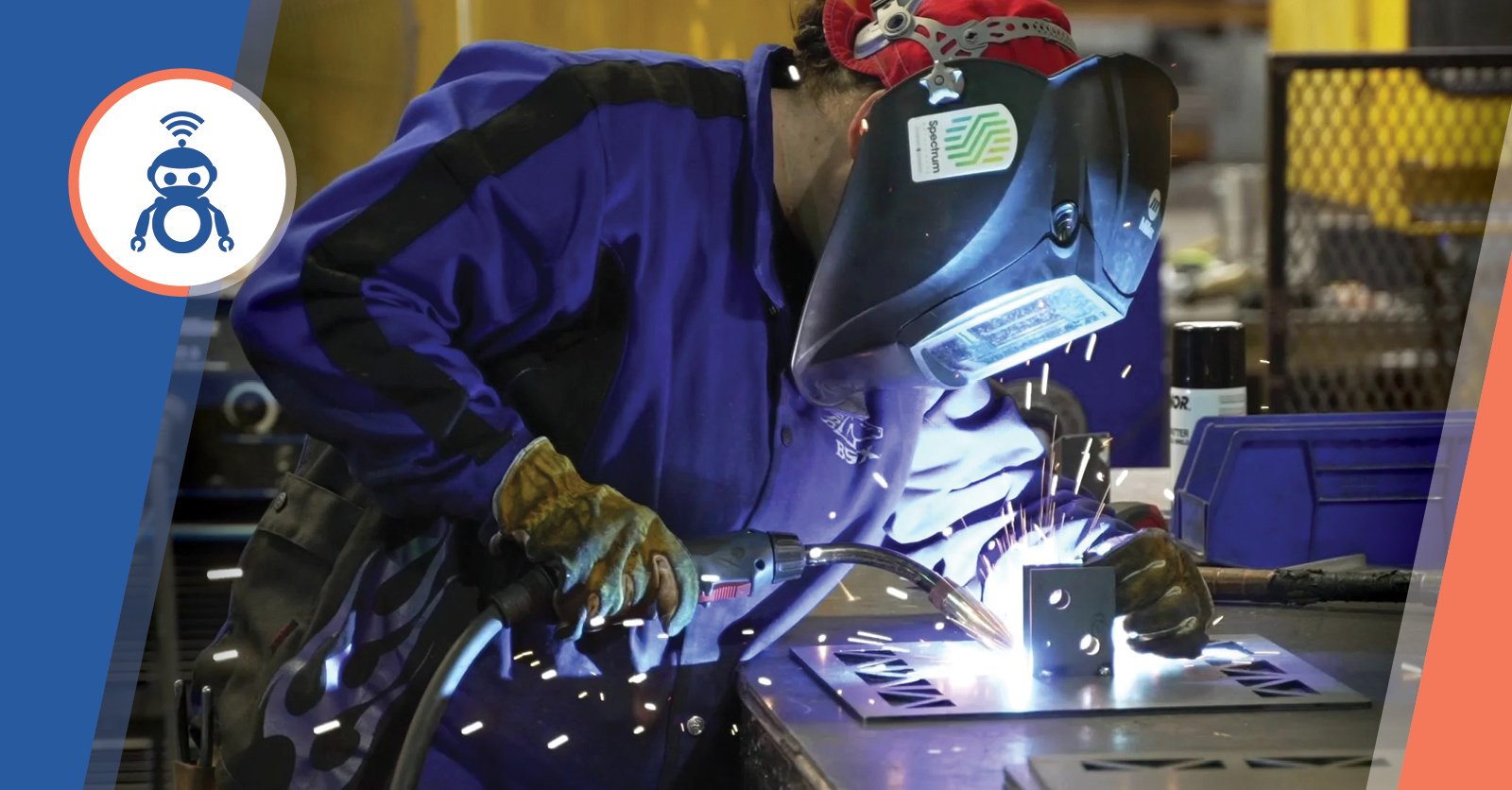Typical Welding Repair Issues and Just How to Address Them Successfully
Welding repairs frequently come across a variety of concerns that can endanger the honesty of the end product. Usual issues consist of poor penetration, porosity, and misalignment, among others. Each defect offers unique obstacles that require specific strategies for resolution. Recognizing these concerns is necessary for welders aiming to improve their skills and end results. This discussion will discover these usual welding repair issues and effective approaches to address them.
Inadequate Infiltration
Poor penetration occurs when the weld metal falls short to fully fuse with the base material, causing weak joints and possible architectural failures. This problem usually originates from not enough heat input, inaccurate electrode angle, or inappropriate welding speed. Welders might run into inadequate infiltration due to a miscalculation of the needed parameters for a certain material thickness or kind. In addition, contamination on the base product's surface can hinder efficient bonding, intensifying the trouble. To deal with inadequate infiltration, welders ought to assure suitable settings on their devices and maintain a clean work surface. Regular examination of welds is advised to determine any kind of shortages early, permitting prompt corrections and the avoidance of compromised structural stability in bonded assemblies.
Porosity
Porosity is a common problem in welded joints that materializes as small gas bubbles caught within the weld steel. This flaw can jeopardize the stability of the weld, causing minimized strength and potential failing under stress and anxiety. Belgrade. Porosity normally occurs from contamination, moisture, or inappropriate welding techniques, which permit gases to leave into the liquified weld swimming pool. To attend to porosity, welders ought to assure proper surface area prep work, keep a tidy functioning setting, and use ideal welding criteria. Furthermore, picking the best filler product and protecting gas can minimize gas entrapment. Normal examination and testing of welds can aid determine porosity early, assuring prompt corrective activities are taken, thereby protecting the top quality and integrity of the welded framework
Imbalance
Misalignment in welding can arise from different aspects, including incorrect configuration and thermal development. Recognizing the source is crucial for reliable resolution. A number of correction methods are offered to straighten elements and ensure architectural honesty.
Sources of Imbalance
Welding imbalance frequently comes from a selection of underlying problems that can jeopardize structural honesty. One primary cause is incorrect fit-up of parts before welding, which can cause spaces and irregular surface areas. Variants in thermal growth during the welding procedure can also result in distortion, particularly if the materials being signed up with have various coefficients of expansion. In addition, poor clamping and fixturing might stop working to hold elements securely in area, bring about movement throughout welding. Inadequately conserved tools, consisting of welding machines and devices, may introduce incongruities in the weld grain, more adding to misalignment. Ultimately, driver mistake, coming from inadequate training or experience, can additionally play a significant function in producing misaligned welds.
Correction Methods Readily Available
Resolving misalignment successfully calls for a mix of corrective methods customized to the details problems at hand. One usual technique is making use of jigs or fixtures to hold elements in the correct position throughout welding, making sure constant alignment. In addition, pre-heating the products can help lower distortion and boost fit-up. For significant imbalance, mechanical adjustment methods, such as using hydraulic jacks or clamps, can be employed to deal with the setting prior to welding. Post-weld warm treatment might also be required to relieve stress and anxieties brought on by misalignment. Ultimately, mindful inspection and change throughout the arrangement stage can protect against imbalance problems from coming to be substantial problems, promoting a smoother welding process and boosting overall structural stability.
Distortion
Distortion is a common difficulty in welding that can emerge from various aspects, including uneven home heating and cooling. Recognizing the causes of distortion is crucial for applying efficient prevention techniques. Resolving this problem not just improves architectural stability but likewise enhances the general top quality of the weld.
Sources of Distortion
When subjected to the intense warm of welding, materials usually undergo modifications that can result in distortion. This sensation mostly occurs from thermal expansion and contraction during the welding procedure. As the weld area heats up, the product increases; upon cooling, it acquires, which can create inner tensions. Additionally, unequal home heating across a workpiece can aggravate these stresses, resulting in bending or flexing. The sort of product likewise plays a significant function; steels with differing thermal conductivity and coefficients of development may respond in different ways, bring about unforeseeable distortions. Furthermore, poor joint style and poor fixturing can add to misalignment throughout welding, increasing the chance of distortion. Understanding these causes is essential for reliable welding repair service and avoidance methods.
Prevention Techniques
Efficient avoidance techniques for distortion during welding concentrate on managing warmth input and making certain correct joint design. Preserving a consistent warmth input helps to lessen thermal development and contraction, which can lead to distortion. Making use of techniques such as preheating the work surface can additionally minimize the temperature slope, advertising consistent home heating. Additionally, picking proper joint layouts, such as T-joints or lap joints, can improve stability and decrease stress and anxiety focus. Executing appropriate fixturing to protect the workpieces in position even more aids in maintaining alignment during the welding process. Finally, staggered welding sequences can distribute warmth extra equally, preventing localized distortion. By using these techniques, welders can considerably reduce the likelihood of distortion and improve the general top quality of their welds.
Splitting
Breaking is an usual concern run into in welding repairs, commonly resulting from different aspects such as improper air conditioning prices, product option, or insufficient joint preparation. The incident of cracks can substantially compromise the honesty of the weld, leading to potential failings during operation. To resolve this problem, welders have to initially examine the origin, making certain that materials are suitable and properly picked for the particular application. Additionally, managing the air conditioning rate during brass welding the welding procedure is essential; rapid cooling can induce tension and lead to fracturing. Correct joint style and prep work additionally contribute to decreasing the threat. Carrying out these techniques can improve weld high quality and durability, inevitably lowering the possibility of cracking in completed weldments.

Insufficient Combination
A considerable concern in welding fixings is incomplete fusion, which occurs when the weld metal does not effectively bond with the base product or previous weld passes - Montana Mobile Welding and Repair Belgrade Fabrication. This flaw can result in weaknesses in the joint, potentially jeopardizing the stability of the bonded structure. Factors adding to incomplete blend consist of insufficient warmth input, incorrect welding this technique, and contamination of the surface areas being joined. To resolve this concern efficiently, welders ought to ensure proper pre-weld cleaning and surface prep work, along with adjust their welding specifications to achieve sufficient infiltration and combination. Regular assessment throughout the welding process can likewise help determine insufficient fusion early, enabling prompt restorative actions to boost the total top quality of the weld
Overheating
While welding fixings can enhance architectural stability, overheating presents a substantial challenge that can result in product degradation. Excessive warm during welding can alter the mechanical properties of metals, causing decreased strength, boosted brittleness, and warping. This phenomenon is especially vital in high-stress applications where architectural reliability is vital. Determining overheating can include visual inspections for discoloration or distortion, along with keeping an eye on temperature during the welding procedure. To mitigate the dangers connected with getting too hot, welders should employ proper methods, such as regulating warmth input, changing travel rate, and utilizing suitable filler products. In addition, carrying out pre- and post-weld warmth therapies can aid bring back material residential or commercial properties and enhance the total high quality of the repair service, making certain long-lasting performance and safety.
Regularly Asked Questions
What Are the Typical Signs of a Welding Defect?

Just How Can I Test My Welds for Top quality?
To test welds for high quality, one can make use of visual assessments, ultrasonic screening, and radiographic approaches. Each method assures architectural honesty, determines issues, and verifies adherence to specified requirements, inevitably improving the integrity of the bonded joints.
What Security Precautions Should I Take While Welding?
When welding, one need to focus on safety and security by wearing ideal personal protective tools, making sure proper air flow, protecting combustible materials away, maintaining a tidy work space, and recognizing environments to stop mishaps and injuries.
Can I Repair a Weld Without Renovating the Entire Joint?
Repairing a weld without redoing the whole joint is feasible, depending on the damages (Fabrication). Strategies such as grinding, adding filler material, or making use of a welding process can efficiently address certain imperfections while maintaining the surrounding structure
What Devices Are Important for Effective Welding Repairs?
Necessary devices for reliable welding repair work consist of a welding maker, wire brush, mill, best plastic welder safety gear, clamps, and filler materials. Each tool plays a crucial function in making sure quality and safety throughout the repair procedure. Porosity usually occurs from contamination, moisture, or inappropriate welding techniques, which allow gases to get away into the liquified weld swimming pool. Poorly conserved tools, including welding devices and tools, may present incongruities in the weld bead, more contributing to imbalance. When subjected to the extreme heat of welding, materials usually go through adjustments that can lead to distortion. Splitting is an usual issue experienced in welding repair services, frequently resulting from various elements such as improper cooling rates, material choice, or inadequate joint preparation. A substantial problem in welding repair work is insufficient blend, which takes place when the weld metal does not adequately bond with the base product or previous weld passes.
Comments on “Quick solutions to weld misalignment in Montana Mobile Welding and Repair Fabrication”